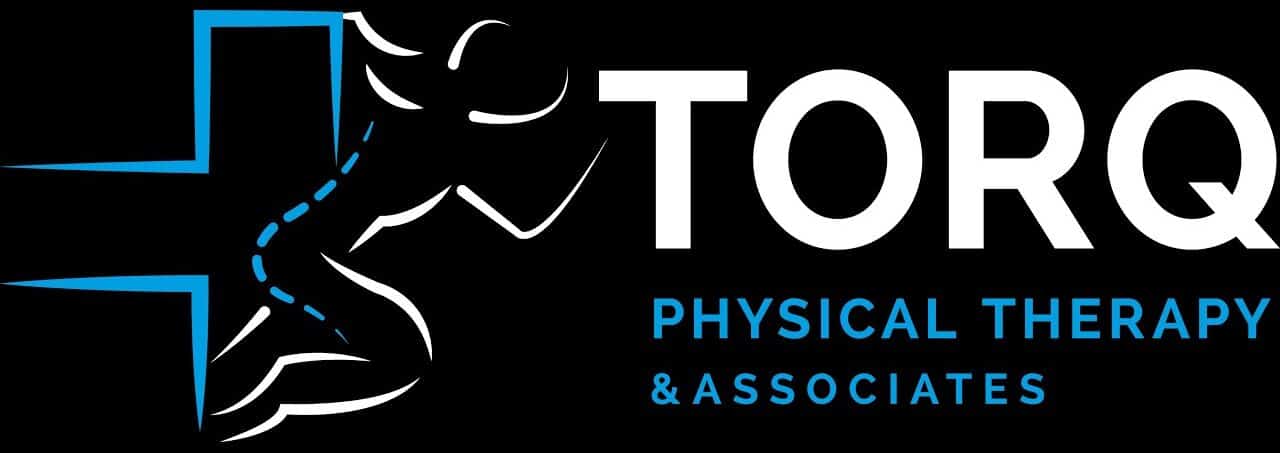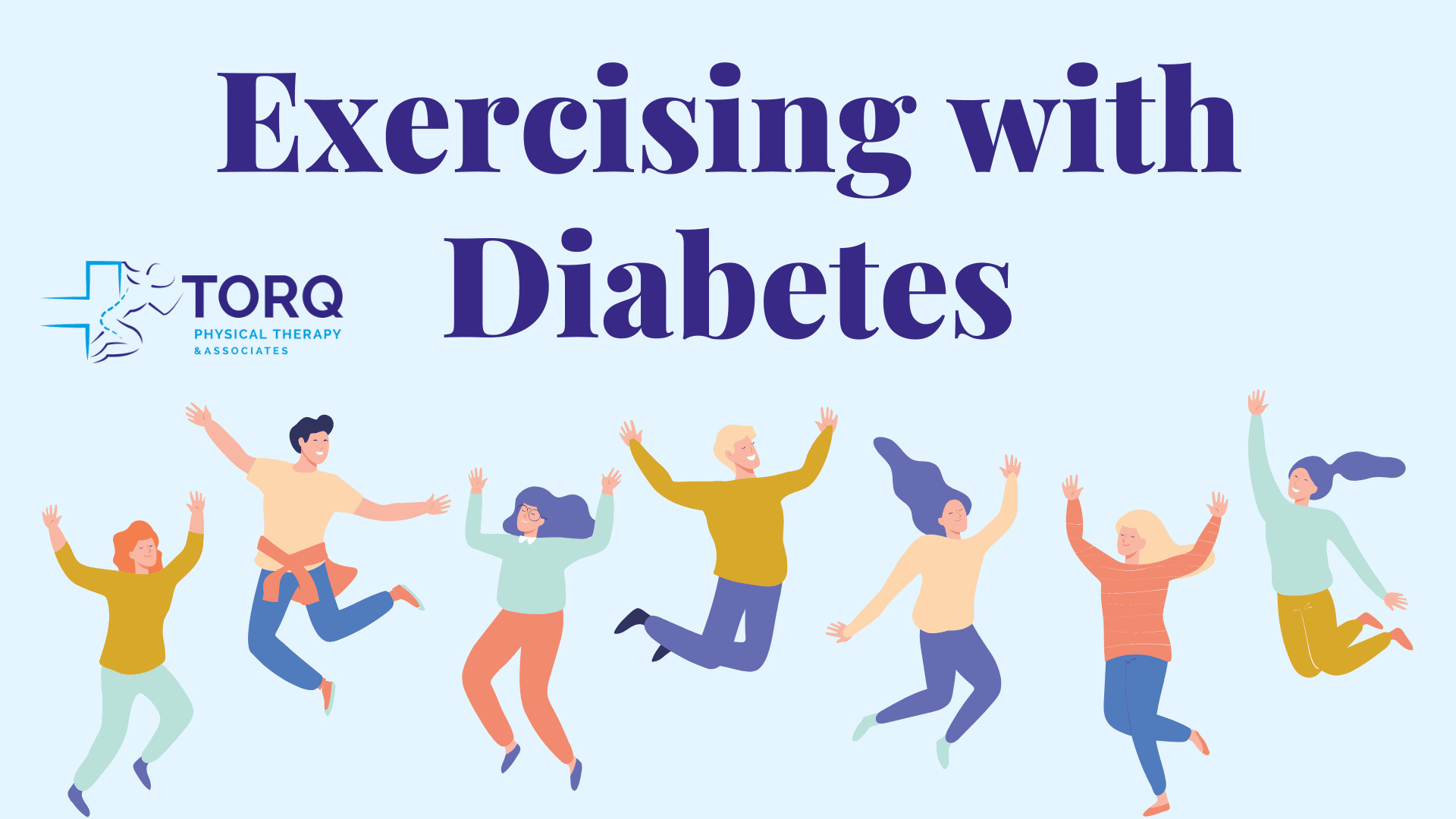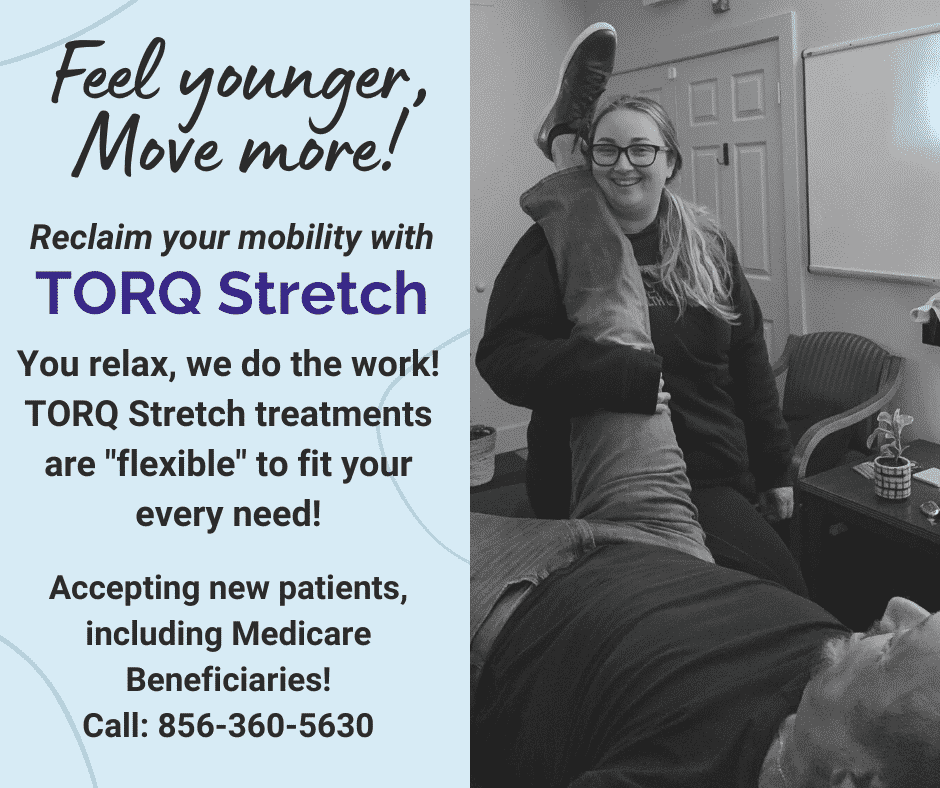Fall has arrived and more people are returning to gyms to work out after quarantine. Exercise is an important component to leading a healthy lifestyle and it is important to understand how to steer clear from injuries upon returning to activity.
Let’s look at the most common injuries gym goers face when returning to the gym and how to avoid them.
An analysis of gym-related exercise injuries showed that gyms and exercise equipment can potentially cause serious injuries if not used properly. The most common injuries using cardio equipment included injuries due to repetitive stress and over-exertion. However, the most common injuries using free weights and strength equipment resulted from crush injuries due to falling weights and improper technique. This is is especially true after periods of prolonged inactivity, such as recent Covid-19 quarantine restrictions.
Treadmill: The Most Common Injury Site in The Gym
A 2016 study of workout-related hospital visits revealed that 1 in 3 workout-related injuries occurred using a treadmill. The most frequent of these hospital visits were for the management of stress fractures, shin splints, and runner’s knee.
However, running poses another dangerous threat with nearly 5,000 reports of head trauma from treadmill use between 1997 and 2014.
Here are the best tips to safely use a treadmill:
- Stand on the side rails when turning the treadmill on rather than the moving track.
- Use the safety key by pinning it to your clothing. This causes the treadmill to stop should you fall, further preventing head injuries or friction burns.
- Keep your head up! Most treadmill accidents occur when the user is looking down.
- Never step off of a moving treadmill. The change in surface speed can cause you to lose balance, resulting in a fall.
EXCLUSIVE RESOURCE FOR RUNNERS OF ALL SKILL LEVELS!
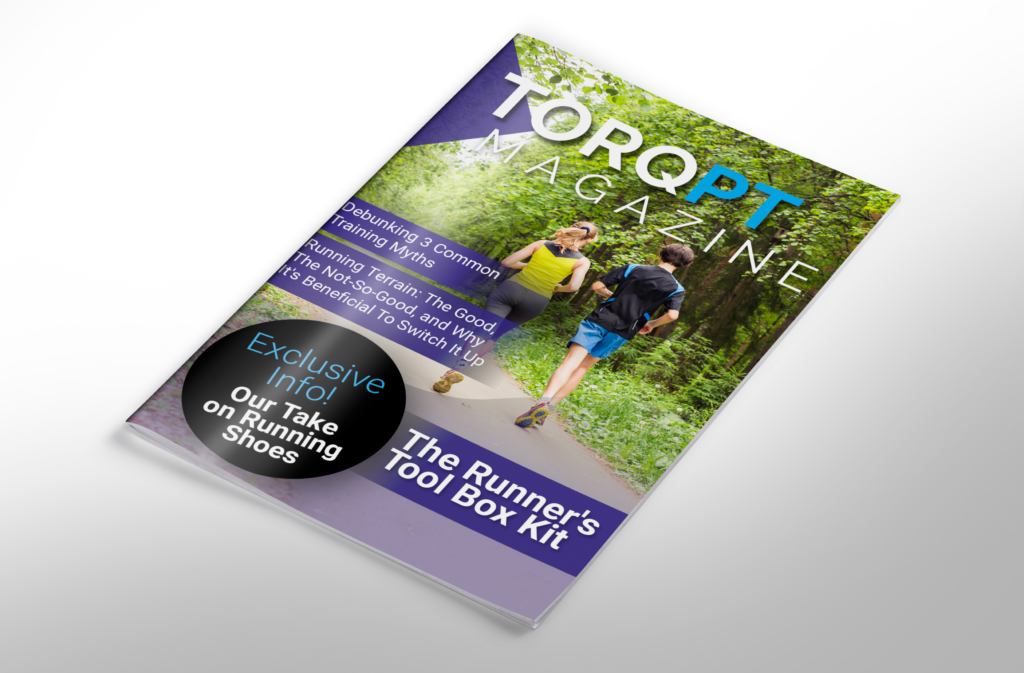
TORQ PT Magazine: The Runner’s Toolbox Kit is the perfect resource for runners of any skill level. Whether you’re starting a Couch 2 5k program or training for your 10th marathon, this book has exclusive info written by us here at TORQ PT!
Weight Lifting
Like treadmills, free weights can pose a threat to new gym-goers and those returning to the gym post-quarantine. The most common free-weight injuries result from dropping weights, pinching yourself with the weights, improper lifting techniques, and lifting too heavy. Most common injuries include muscle strains and ligament sprains.
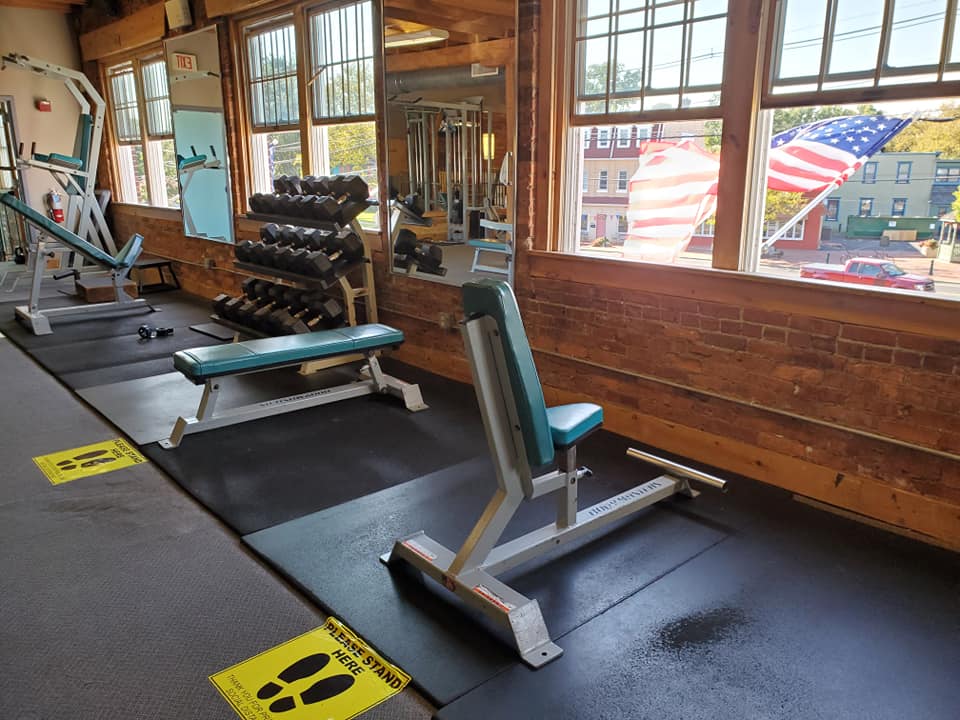
Riverton Health & Fitness Center in Riverton, NJ with socially distant weight benches. This not only is beneficial for COVID-19 precautions, but also for preventing injuries with free weights by having equipment properly spaced out.
Here are the best tips to safely use free weights:
- Make sure you have enough space around you to freely lift weights. This minimizes your chances of hitting someone or dropping a weight. (See photo above)
- When using pin-loaded weight stacked equipment, make sure that the pin is securely locked in place before starting your exercise.
- Read the directions on the equipment. All of the equipment at Riverton Health & Fitness has instructions located on the machine and friendly staff that are happy to assist you on how to use the equipment.
- Do things gradually. Don’t jump back into things at the same intensity as you were doing before. This goes for how often you workout, how many reps and sets you perform, and the amount of weight you lift. Start at 50% of your efforts for your first week back, 70% for the second week, and 80% for your fourth week.
- Make sure to include an active warm-up. This can be walking for a few minutes on the treadmill, using a foam roller, or performing dynamic stretches.
- Cool down and stretch. This is the opposite of a warm-up. You want to allow your body to lower its heart rate and blood pressure back to its resting levels, then stretch the main muscles you used during your workout.
- Listen to your body. This may be the biggest piece of advice. You should not be pushing yourself to the point that you feel pain. Muscle soreness is okay, but intense or increasing pain is not.
If you are experiencing pain or discomfort during your return to the gym post-quarantine, stop by our office inside Riverton Health & Fitness Center on the First Floor!
